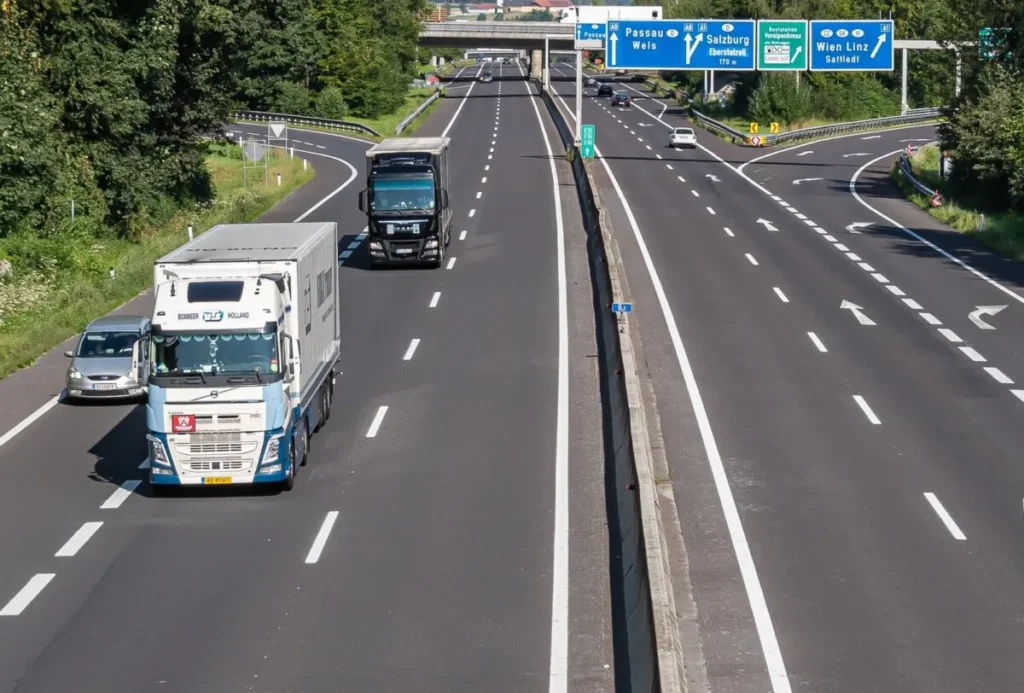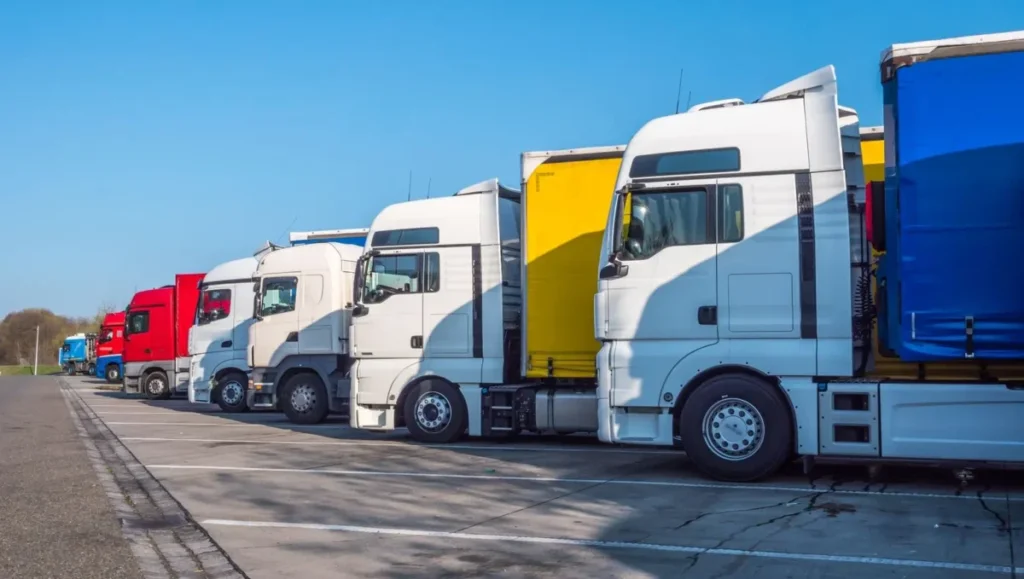When viewers turn on their TVs on Saturday and start watching the most famous race in the world, they do not consider the fact that such an event is really a huge logistical undertaking. So there it is – a bunch of facts showing what this event means to logisticians.
Driving in a truck, sleeping in a bus
Such events are an utter exodus. When Grand Prix takes place in Europe, every two weeks FIA (International Automobile Federation) and FOM (Formula One Group) have to hire about 450 road trains for transporting equipment of the teams.
When the route is longer three drivers are hired to one tractor” – explains the manager of Sauber F1 Team.
He adds that they cannot afford breaks (stops). That is why not only seven tractors are hired but also a bus in which drivers can sleep. The drivers switch in a quick and smooth manner with a precision of a Swiss watch.
Logistic talent wanted
Every September they begin laboriously arranging transport of people and equipment. Air, road and train transport – it is necessary to adjust the finest details and take all possible obstacles into account. For example, you have to consider strikes on roads or airports.
A mere logistician, even with a lot of experience, is simply not able to deal with all that. You need to be talented – skill is not enough. In addition to transport itself it is necessary to relocate 50 engineers, mechanics, journalists, cooks and other staff as close to the race route as possible. It is a real challenge.
Convoys of road trains
It is difficult to transport equipment and cars when the event is to take place outside the European Union. While transport in Europe is done via trucks, outside of the European Union you have to consider flights, crossing the sea, transshipment, etc.
Sauber F1 Team and its 7 road trains is nothing compared with other teams. For example, Mercedes hires 18 teams of road vehicles. Red Bull Racing needs 24 to transport their two-storey Energy Station…
Long way before the race
Intervals between races are relatively short, therefore the logistics team cannot afford mistakes. Sauber employees initially send 12-metre container followed by 23-25 tonnes of equipment and spare parts. It usually takes about 45 days. If all goes according to plan.
Photo: Wikimedia Commons



